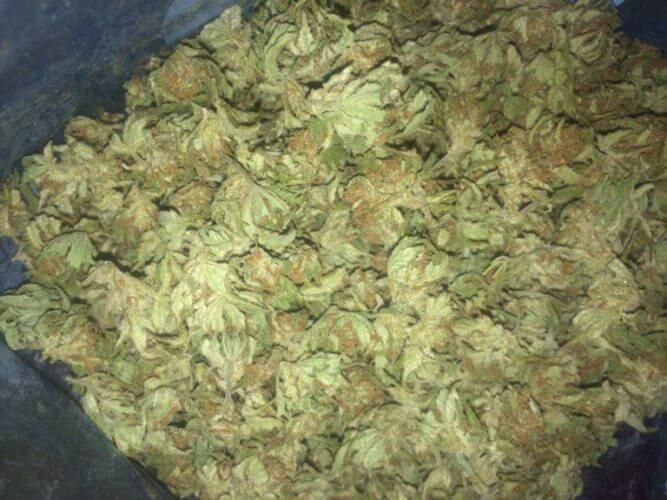
Once the plant material has been thoroughly agitated, the trichomes must be separated from the water and collected. This imitates the toroidal flow generated by hand washing and allows all the plant matter to turn, rotate and come into contact with cold water. The anodized aluminum impeller is food-grade and does not chop up or blend material, rather it gently but thoroughly mixes the material, washing the trichome heads off their stalks. With sanitary, stainless steel welds, no crevices to catch hash or bacteria, sanitary Triclamp/quick clamp valves & fittings and an easily removable impeller, the Osprey is simple to clean and sanitize and meets Food Safety requirements. The Osprey can handle up to 21,000g/46lbs of Fresh Frozen Flower or 4,600g/10lbs of Dried Flower at a time and with programmable memory: hash makers can save and record washing parameters as ‘Recipes’ and duplicate results effectively from batch to batch. The Osprey is a 75 gal/280L washer from Lowtemp Industries.
#Fresh frozen bubble hash yields professional#
This process is often done by hand in large food-grade plastic bins/buckets, or in modified, plastic clothes-washing machines (which hold a large amount of bacteria if not properly modified) and now, for the professional SHO extractor: IWE process-specific stainless steel washers/agitators with thermal jackets, such as The Osprey. It’s not a 100% parallel comparison: but it can be thought of almost like centrifugal force – the buds spin and the trichomes fall off. Contact with the mixing paddle/impeller is not what causes the trichomes to fall off, which is actually damaging to the material, but it is rather friction caused by the movement of cold water that detaches the heads. Agitation like spinning in a machine, hand-mixing w/ paddle/ whisk, sonication, etc. The concept behind making both types of hash is the same: rehydrating the plant material by soaking and suspending in ice water, makes the trichomes cold and brittle and able to easily snap off the stalks after slight agitation. There are two types of IWE: Dried/Cured Flower IWE & Live/Whole Plant Fresh Frozen (WPFF) IWE. Ice Water Extraction (IWE) is also known as ‘Bubble Hash’. 4 (70u-120u Wet Bubble Hash Before Drying) Which are both conversations for another blog post.įig. It’s also possible to use kief caught under trimming trays with impregnated mesh screens or kief from automated trimming machines, although the machine blades often break plant matter up to the same size as trichomes and this can only be remediated by static tech or separation by density. This process can be customized to catch both larger and smaller heads by changing the screen micron ratings. The idea is that plant matter stays on the top screen, large heads and stalks fall through to the second screen, then the second screen is gently sifted to allow the stalks to fall through while the heads remain on top of the second screen.
#Fresh frozen bubble hash yields series#
The tightly woven screens allow only fine particles to pass through, leaving plant material on top, and after repeated sifting and collecting of this powder-like kief through a series of screens with increasingly finer micron ratings, it’s ready to enjoy or be pressed into dry-sift rosin. Growers in Western countries are more likely to dry-sift or extract with ice water so we will focus on those methods in this post.ĭry-sift, also commonly referred to as “kief” is made by meticulously bouncing and moving dried cannabis buds or sugar leaves across screens (like silk screens used for screen printing.) Agitation and friction help separate the delicate trichome glands and stalks from the flower. It is still practiced by countries at the feet of the Himalayas though, such as Bhutan, Nepal and Northern India.

Although unique and historical, this is a traditional, time-consuming, non-sanitary process that is not commonly utilized by recreational or medical companies.

Therefore, the psychoactive effects of cannabis must have been discovered around the same time or before its use as fiber. We know this to be the oldest cannabis concentrate because it is inevitable that resin will be collected on the hands while harvesting seeds or fiber, and we know that cannabis fiber use dates back thousands of years.

Hand-rubbed hash, or Charas, is the oldest form of cannabis concentrate and is made by rubbing freshly harvested flowers between the hands, allowing resin to build up on the palms and fingers and alternating between removing broken plant material and collecting the hash into a single mass.

Hash is typically made in 3 ways: hand-rubbing, dry-sifting, or ice water extraction (bubble hash).


 0 kommentar(er)
0 kommentar(er)
